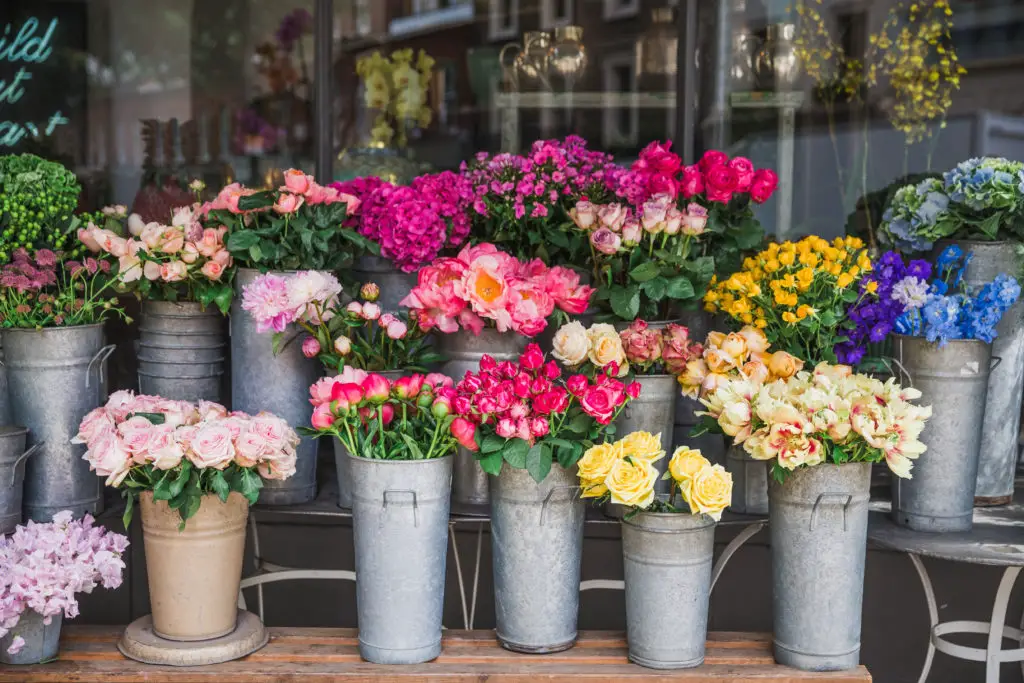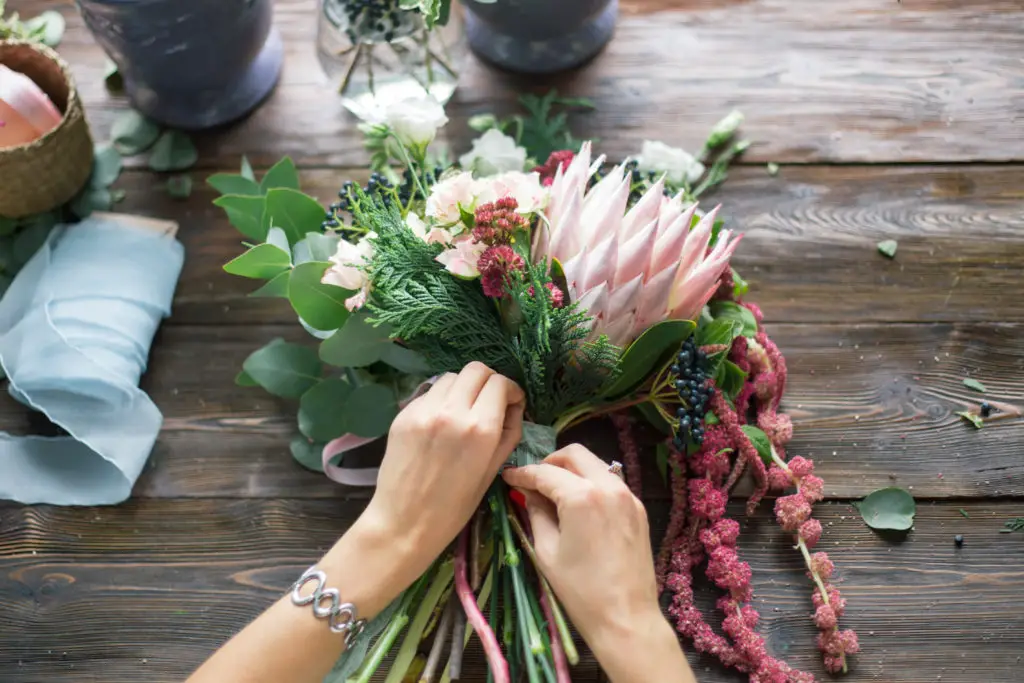Knowing how to arrange flowers is an art and a way of showcasing your creativity. Like any other creative designer, florists also need to stick by a particular set of principles. By doing so, they’ll ensure the flower arrangement is aesthetically pleasing to the eye.
If you desire to achieve the similar stylish floral arrangements by The Bouqs, you’ve come to the right place. This article will provide a guide to the main principles of flower arrangement.

But why are flowers the perfect way to say sorry? Well, the simple reason for this is that flowers, such as roses, tulips, and lilies, show affection, love, caring, humility, devotion, peace, and forgiveness. Therefore, giving such flowers to someone you’ve recently hurt shows that you take the blame and regret your actions.
When giving flowers to someone you wronged, it’s important to know the proper way of arranging a set of apology flowers. Here’s how:
- Harmony And Unity
The harmony of floral design refers to the superb combination of textures, colors, and materials. Perfect harmony is achieved when the different floral design elements–from foliage, accessories, container, and flowers–are perfectly blended together, achieving the design’s original purpose.
An excellent example of harmony is a wooden box table centerpiece, which comprises of mixed garden textured blooms–an ideal choice for a wedding conducted in a rustic barn setting.
In contrast, unity in floral design is attained once the elements and design principles are incorporated and perfectly executed. Once you achieve unity, the entire composition is considered as a whole piece, bringing out a pleasing look.
- Scale
The scale refers to the relationship between the design’s setting, including the venue, stands, table, and altar, with the overall design. The scale is an essential consideration as it makes a floral arrangement look right in place. As a result, perfect symmetry gets to be achieved. For example, when you place a large pedestal arrangement or hall table on a small altar, the scale is incorrect.
You should also make sure your flowers’ quantities and sizes are in the right ratio with each other. For instance, when designing a floral arrangement consisting of three hydrangeas at the pedestal’s corner, you should use five lilies on the opposite side. By doing this, you’ll be able to achieve a proper visual balance and scale.
The height of your container to the height of your display is another factor that needs to be in proportion to each other. Certain florists recommend the flower to be one and a half to twice the used container’s height. However, you can still opt to go with what your eyes deem appropriate. It’s important to note that the container’s height isn’t factored if it’s very wide or narrow.

- Design
As you think of the perfect arrangement for your apology flowers, make sure to also factor in proper design. This usually entails the arrangement’s structural pattern that determines the size, shape, suitability of the different parts, and the relationship between each of these.
If you’re looking to create the perfect design, there are several points you need to consider including:
- The used flowers must never be monotonous
- The shape needs to be well-defined
- The depth, width, and height need to be proportional
- The flower’s focal point must be the tallest point
- To avoid cross stems, the flow of every stem should be from one central point
- Balance
Another crucial thing about the floral design that you need to learn is balance, which consists of physical and visual balance. Physical balance is the distribution of materials and the arrangement’s weight.
You need to observe great care when handling certain types of foliage and flowers as some are quite bulky. This is usually the case when dealing with tall stemmed flowers, such as bird of paradise, gladioli, and branches. Such flowers are weighty, and it’s best to find an appropriate base, and make sure they’re well counterbalanced to prevent it from falling once it gets filled with water.
When designing a floral arrangement, visual balance is also another aspect you must look to achieve.
The three types of visual balance include:
- Asymmetrical – This design is meant to bring a modern and informal look. It usually happens when the distribution of materials is unequal on both sides of the arrangement.
- Symmetrical – This floral arrangement is traditional and formal. It’s usually achieved when the same quantity of materials is present on both sides of the arrangement.
- Open balance – This design is unique as it doesn’t incorporate both the asymmetrical or symmetrical floral arrangement. An excellent example of this is a design that includes radial or parallel groupings of flowers.
Conclusion
If you’re curious about how to design an ideal floral arrangement, reading this article has given you useful tips to follow. With this in mind, you’re better positioned to design attractive floral arrangements, leaving the person you annoyed with no option but to accept your apology.
